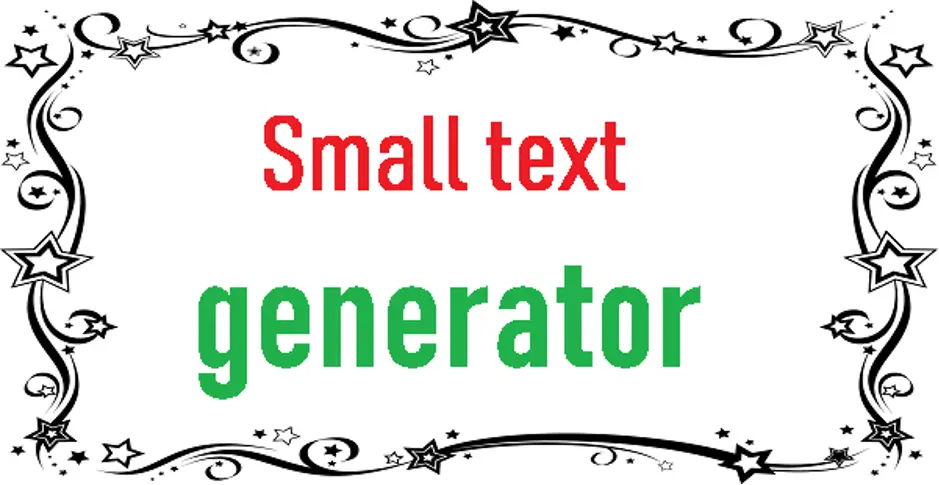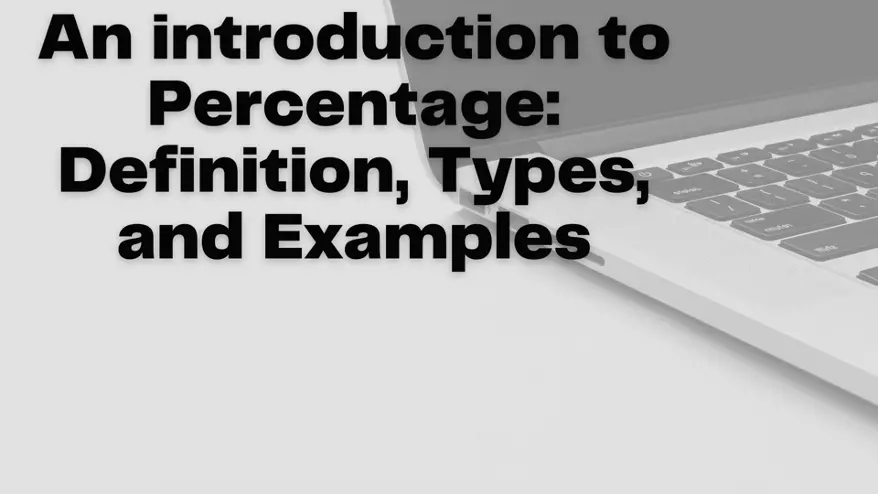Crafting informative how-to articles with a small text generator

Crafting informative how-to articles can be a daunting task, but a small text generator can help simplify the process. Here are some tips for using a small text generator by make small text to create informative how-to articles:
Choose a topic: The first step in creating an informative how-to article is to choose a topic that your readers will be interested in. Once you have a topic in mind, you can use the text generator to help you create an outline.
Create an outline: Using this tool, create an outline for your article. This can include the main points you want to cover, as well as any sub-topics or steps that you need to include. This will help you stay organized and focused as you write.
Use the text generator to fill in the details: Once you have your outline, use this tool to help you fill in the details. This can include information about each step, as well as any tips or tricks that you want to share with your readers.
Edit and revise: After you have used the text generator to create a draft of your article, take some time to edit and revise it. This will help ensure that your article is clear, concise, and easy to understand.
Add images and examples: Finally, consider adding images or examples to your article to help illustrate your points. This can make your article more engaging and easier for your readers to follow.
By following these tips, you can use this tool to create informative how-to articles that will engage and educate your readers.
Small text generator?
A small text generator is a tool that uses artificial intelligence to generate text. It works by analyzing large amounts of existing text and using that data to create a new text based on a given prompt or topic.
This tool is designed to help writers create content quickly and easily. They can be used to generate headlines, product descriptions, social media posts, and even longer pieces of content like articles or blog posts.
These tools are not meant to replace human writers, but rather to assist them in the content creation process. By using this tool, writers can save time and get inspiration for their writing, while still retaining full control over the final product.
How does it work?
Small text generators use deep learning algorithms and natural language processing techniques to generate text. These algorithms are trained on large datasets of text, such as books, articles, and other forms of written content. The algorithms then use this data to generate new text based on a given prompt or topic.
The process of generating text typically involves several steps:
Input: The user inputs a prompt or topic into the text generator.
Analysis: The text generator uses natural language processing techniques to analyze the input and understand its meaning.
Prediction: Based on the input, the text generator makes predictions about the most likely words, phrases, and sentences to generate.
Output: The text generator generates a piece of text based on its predictions and presents it to the user.
These tools can vary in complexity and functionality, but they generally work in this way. Some tools are trained on specific types of content, such as news articles or product descriptions, while others are more general-purpose and can generate text on a wide range of topics.
It's important to note that these tools are not perfect and may produce errors or nonsensical text from time to time. Therefore, it's always a good idea to review and edit the generated text before publishing or sharing it with others.
Best 3 small text generators:
There are many small text generators available, but here are three popular ones:
GPT-3 (Generative Pre-trained Transformer 3): This is a state-of-the-art text generator developed by OpenAI. GPT-3 is capable of generating high-quality text in a wide range of styles and formats, including articles, stories, and even code. It is also able to perform tasks such as translation, summarization, and question-answering.
Hugging Face: This is a natural language processing library that includes several powerful tools. The library provides pre-trained models for a variety of tasks, including text classification, question answering, and text generation. Hugging Face also offers a user-friendly interface for generating text.
Make small text: This is a tool developed by Adam King that uses the GPT-2 algorithm. Talk to Transformer allows users to input a prompt and generate text in a variety of styles and formats. It is easy to use and can generate high-quality text quickly.
These are just a few examples of small text generators available. Each of them has its own strengths and limitations, so it's important to evaluate them based on your specific needs and use cases.
Conclusion:
In conclusion, small text generators are powerful tools that can help writers create content quickly and easily. They use artificial intelligence algorithms to analyze large amounts of data and generate new text based on a given prompt or topic. There are several popular tools available, including GPT-3, Hugging Face, and Talk to Transformer, each with its own strengths and limitations. While this tool can be a valuable asset in the content creation process, it's important to remember that they are not perfect and may produce errors or nonsensical text from time to time. Therefore, it's always a good idea to review and edit the generated text before publishing or sharing it with others.
 English
English
 Bahasa Indonesia
Bahasa Indonesia
 Português
Português



